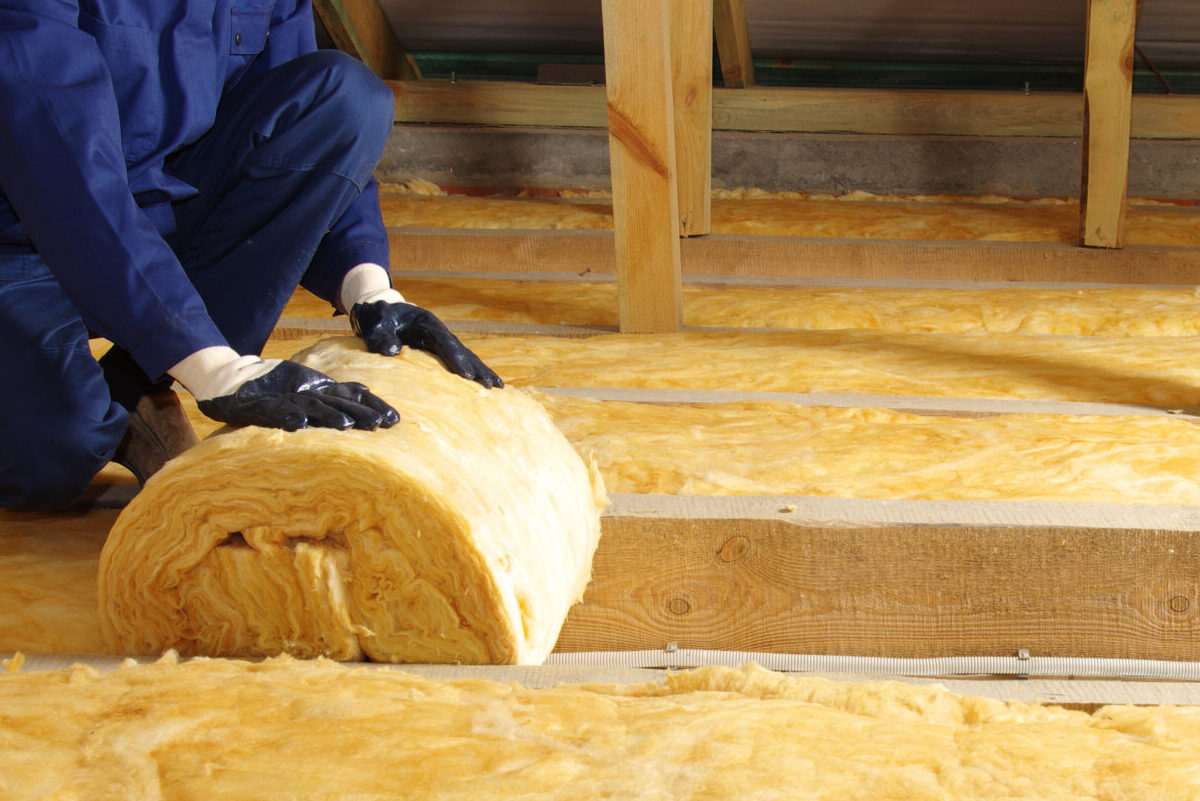The International Energy Agency’s recent calls to reduce demand for Russian oil through lower speed limits, driving restrictions and a three-day week jogs memories of the 1970s oil crisis. Back then in Germany, the response to the oil crisis was to spur an enormous energy saving drive through the national development bank, KfW. This programme is now one of the most successful in the world for spurring the renovation of buildings to reduce energy bills and emissions and move towards achieving energy security.
The KfW’s focus on building renovations has continued to this day. Between 2007 and 2017, their energy efficiency programme triggered investments of over €260bn supporting an average of 320,000 jobs per year, underpinning measures in over four million homes. For every €1 invested by the government, homeowners were motivated to borrow and spend a further €6. The German government has nearly recouped its outlay through increased VAT revenue alone. It has recently announced a massive €4.7bn top-up for the scheme in light of the new imperative to reduce demand for oil and gas, following Russia’s invasion of Ukraine.
In the UK, the new Infrastructure Bank could similarly help unlock enormous energy savings through domestic retrofits. On Friday 18th March, the UK Chancellor Rishi Sunak sent a letter providing a ‘Strategic Steer’ to the Bank’s CEO to prioritise projects which bolster the country’s energy resilience. In his own words:
“I’d encourage you to prioritise opportunities that align with the government’s renewed focus on energy security. Examples of relevant opportunities may include helping to bring forward low carbon energy projects that accelerate the UK’s transition to clean energy and improve the energy efficiency of buildings and homes.”
The Chancellor is completely right. E3G has previously explored in detail how the Bank can play a market-making role in green home finance, supporting a nationwide retrofit drive for the UK’s cold and leaky buildings. The current energy crisis now makes this crucial. Working with experts from industry and academia, we have examined options to dig into how this could work in practice.
If the Chancellor wants to replicate the success of the KfW scheme and achieve energy security, there are two key things to note. Critically important to the triumph of the KfW scheme is that subsidies are offered for achieving deep retrofits through whole-house improvement, covering up to 50% of the total spent by the homeowner. For smaller retrofit measures, the grant element of the loan is much more modest – therefore encouraging homeowners to go further, spurring additional environmental and economic gains. Second, the scheme must be long-term – avoiding the boom-bust grant cycles of the past which have burnt the installation industry, and confused homeowners. The long-term nature of the German schemes has provided confidence to invest in skills and supply chains.
These lessons indicate that Treasury should work with the Infrastructure Bank, BEIS and financial institutions and installers, to develop an ambitious and long-term green homes scheme to secure energy efficiency at home. Currently, the Bank does not have the mandate to provide subsidies alongside loans – but the KfW example shows that these public investments can pay for themselves over time. Properly equipped, the Bank can play an important role within the green finance landscape to deliver a triple win for lower energy bills, getting off Russian gas, and reducing emissions.
Let’s end on a note of caution. There is no silver bullet solution for addressing the UK’s renovation challenge. Loans – no matter how attractive the lending conditions – aren’t the appropriate solution for all households. And they are certainly no substitute for the immediate financial support low-income families need, such as boosting universal credit. With estimates that one in three households could be thrown into fuel poverty if energy bills rise to £3,000 as some experts are predicting, more upfront support will be needed to ensure those families aren’t paying over the odds because they live in cold and leaky buildings. The Energy Efficiency Infrastructure Group has set out a suite of measures, which include topping up grant funding for low-income households, to ensure no one is left behind in a much-needed retrofit drive. E3G recently published a report on the nine measures the government could take this year to increase the rate of energy efficiency upgrades as part of a long-term programme to achieve energy security.


